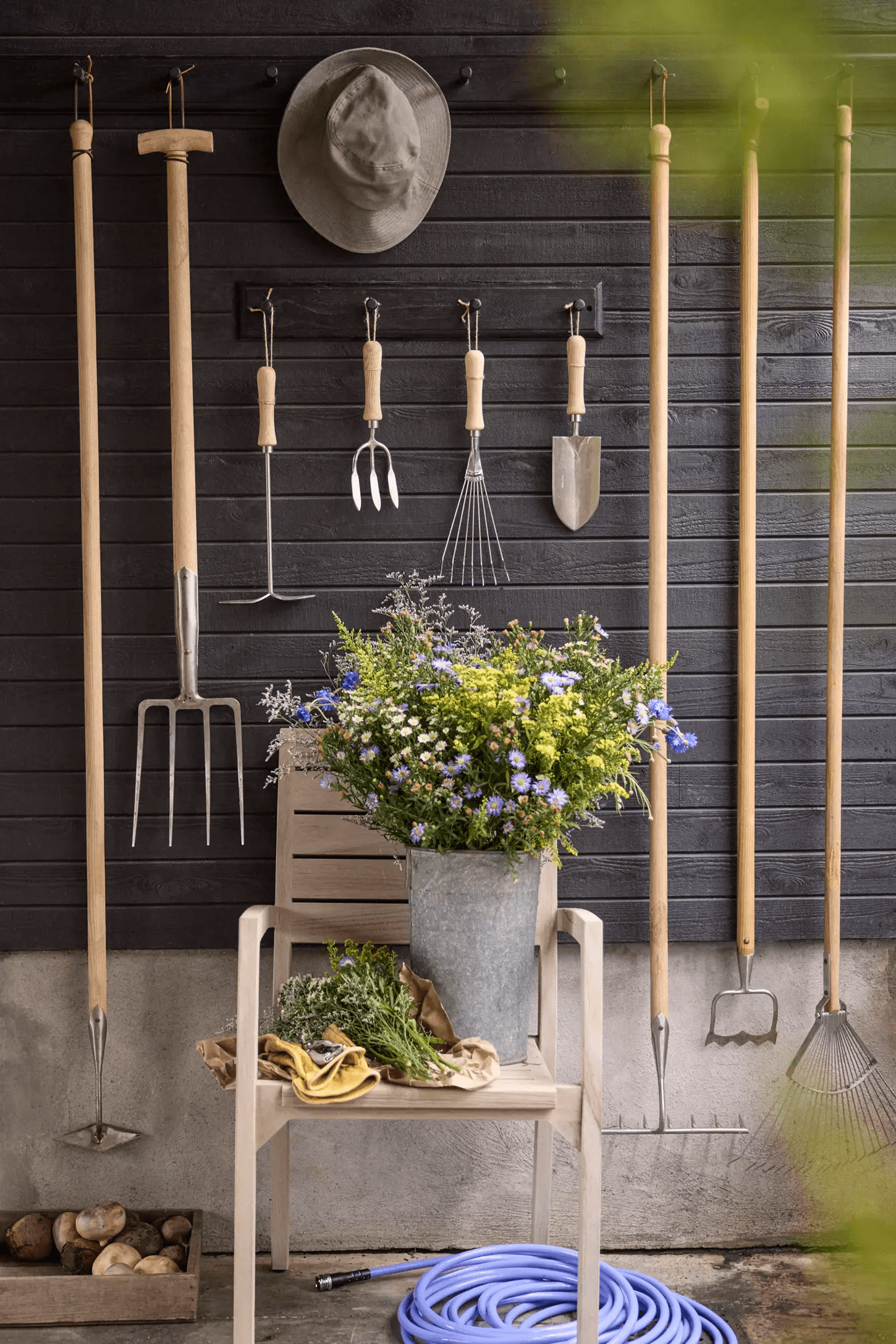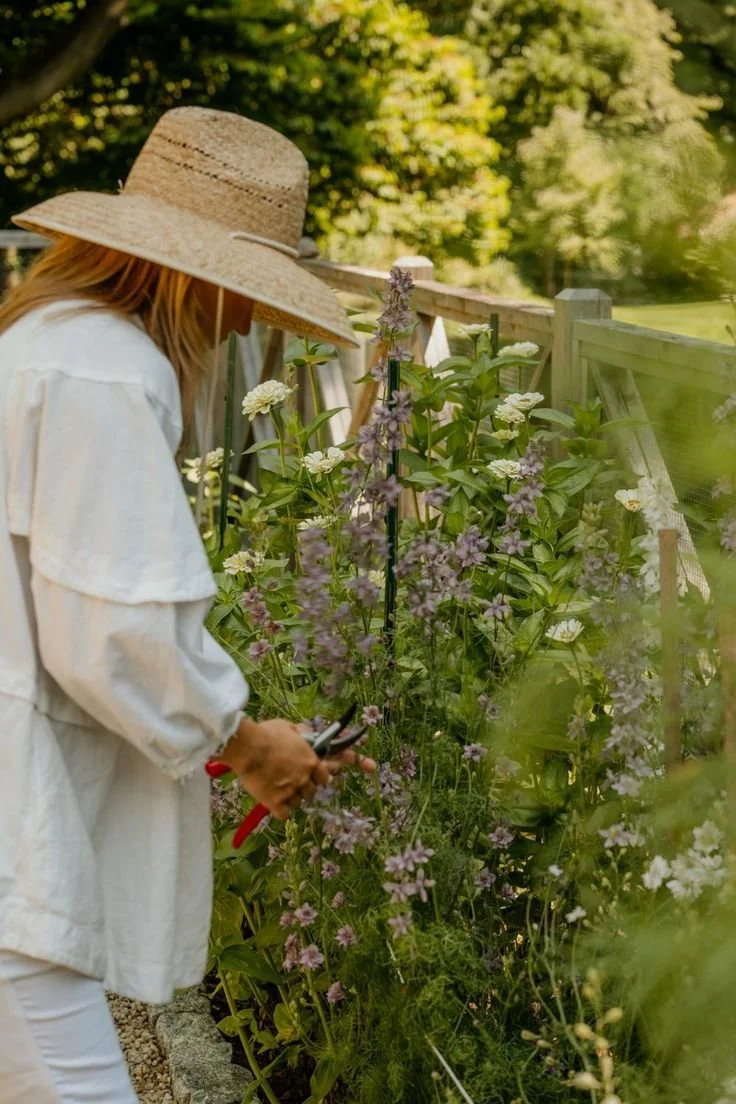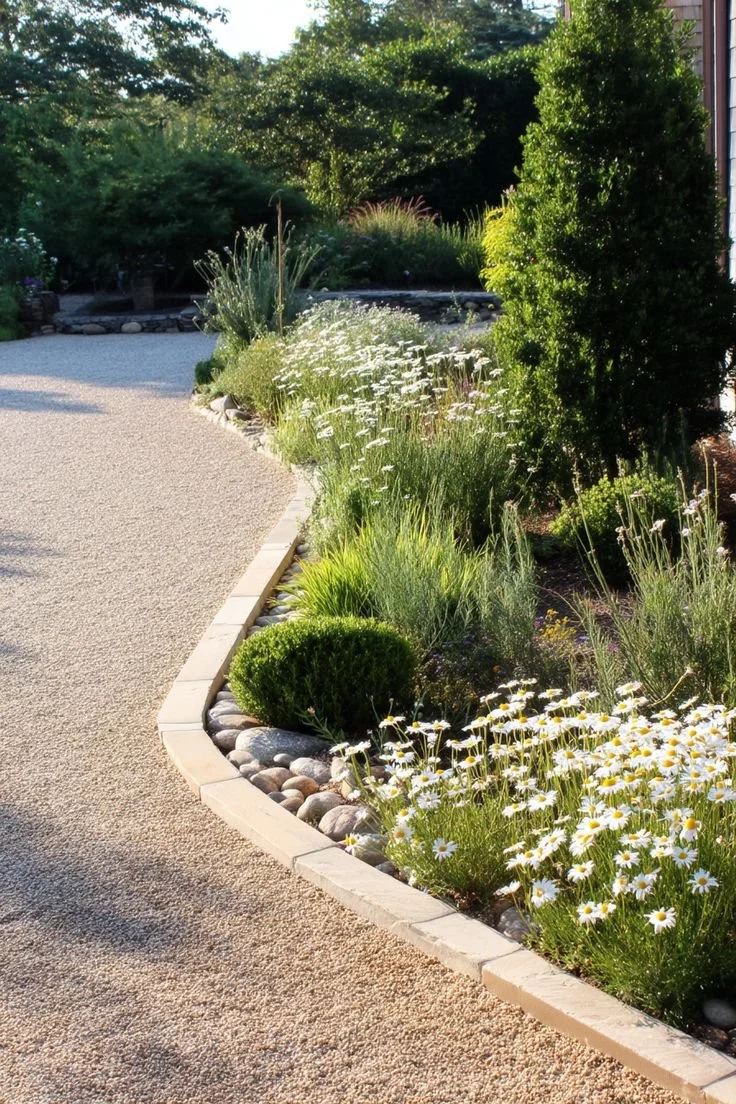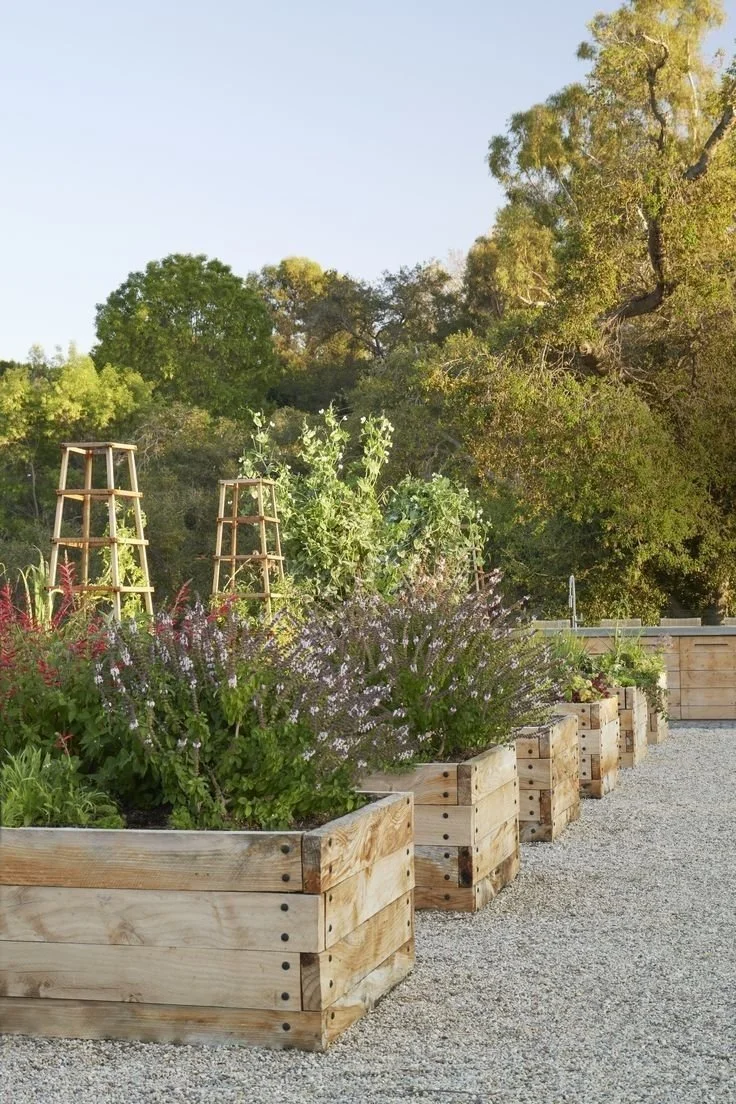How Do You Keep Your Plants Safe During A Big Move?
Relocating to a new home is a major undertaking, and while most people focus on packing furniture and personal belongings, it's easy to overlook one of the most delicate parts of the move—your plants. These living organisms require special care and attention to ensure they survive the transition.
In this article, we’ll walk you through the essential steps to safely move your plants, from pre-move preparation to post-move acclimation. Whether you're hiring a professional moving company in Brisbane or handling the relocation yourself, following these tips will help your greenery thrive in its new environment.
No. 1
Prepare Properly and Choose the Right Help
The first and most crucial step in relocating your plants is proper preparation and selecting experienced movers who understand the fragility of plant life. Unlike furniture or boxes, plants are sensitive to temperature changes, handling, and travel conditions. That’s why it’s important to work with a reliable moving company that has experience transporting plants safely.
Keep in mind that your plants will likely need more attention than your other belongings, so early planning is essential to ensure they arrive healthy and intact.
Preparing Your Plants Before Moving Day
To give your plants the best chance of surviving the move, start preparing them several weeks in advance. Their health and condition before the move will significantly impact how well they handle the journey.
Pre-Move Plant Care Tips:
Inspect for pests and disease: Check each plant for bugs or signs of illness. Treat any issues before moving day.
Prune damaged leaves and branches: Trimming helps the plant conserve energy and prevents breakage during transport.
Repot into lightweight containers: If your plants are in heavy ceramic pots, transfer them to plastic pots a few weeks before the move to reduce weight and avoid breakage.
Water lightly the day before: Avoid watering on moving day to prevent spills. A light watering the day before keeps the soil moist without oversaturation.
Key Pre-Move Steps Recap:
Examine every plant for insects or symptoms of disease
Change pots to lighter ones if necessary
Shorten long branches or leaves to avoid breakage
Water very lightly the day before moving
These simple preparations can dramatically improve your plants’ survival rate and help them transition more smoothly to their new home.
No. 2
Packing Methods That Maintain Plant Stability
Packing your plants properly is essential to keeping them upright and secure during transit. The goal is to minimize movement while allowing for air circulation.
Best Practices for Packing Plants:
Use open-top boxes to allow airflow and avoid suffocating the plants.
Fill empty spaces in the box with towels, newspaper, or packing paper to keep pots stable.
For tall or top-heavy plants, use soft ties or stakes to support the stems and prevent bending or snapping.
Label boxes clearly with “Live Plants” and “This Side Up” to ensure careful handling.
These packing techniques help maintain plant stability and reduce the risk of damage during the move.
Terrain
Grow your love for nature with Terrain’s premium garden supplies! From tools to décor, they have everything you need to nurture your garden and your passion.
No. 3
Helping Your Plants Adjust After the Move
Once you arrive at your new home, your plants will need time to adjust to their new environment. The transition can be stressful, so it’s important to ease them into their new surroundings gradually.
Post-Move Plant Care Tips:
Unpack immediately: Remove plants from boxes as soon as possible to allow them to breathe.
Place in shaded areas initially: Let your plants acclimate slowly by keeping them out of direct sunlight for the first few days.
Avoid heavy watering or fertilizing: Your plants are already under stress, so hold off on feeding or soaking them until they’ve settled.
Monitor for signs of stress: Yellowing leaves or drooping may occur, but with proper care, most plants will recover quickly.
By giving your plants time to adapt, you’ll help them thrive in their new home.
Takeaways
Relocating your plants doesn’t have to be stressful. With the right preparation, thoughtful packing, and gentle post-move care, your greenery can make a successful transition right alongside you.
In this article, we’ve covered:
How to prepare your plants before moving day
The best packing methods to ensure stability
How to help your plants adjust after the move
The importance of choosing a moving company that understands plant care
If you want to make your move as smooth and stress-free as possible, consider enlisting the help of experienced professionals who treat your belongings—and your plants—with the care they deserve. Don’t wait—reach out to a trusted moving crew today and ensure your next chapter begins with healthy, happy plants by your side.
Looking for Home resources?
Looking to enhance your living space and create a sanctuary that supports your well-being? Explore our home partners who offer a wide range of resources to elevate your home environment.































